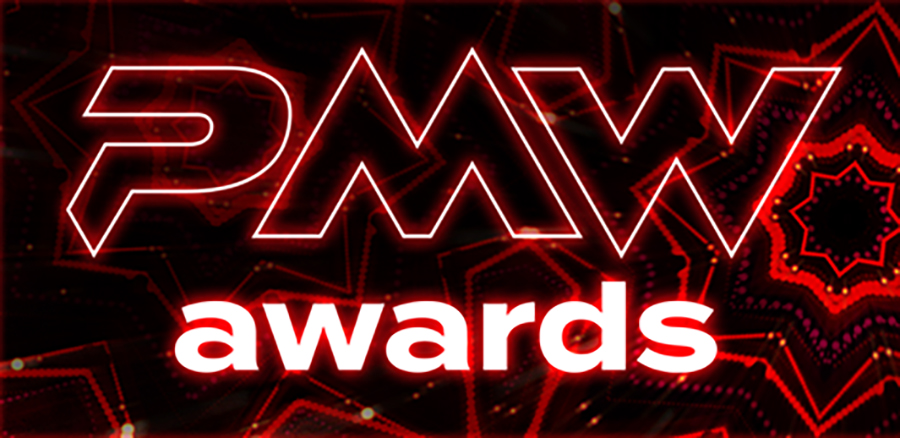We spent the day with TikTok at their brand new Dublin HQ. We saw first-hand how the shift from a social platform to a content platform changes everything about the way brands need to approach TikTok content.
The headline?
TikTok is focusing less on social connections and more on creating engaging, interest-based content.
Here’s a deeper explanation:
The content graph
Traditional social platforms like Facebook and Instagram operate on a social graph, where users connect based on relationships—friends, family, colleagues, or pages they follow. Content discovery on these platforms is primarily tied to these connections, meaning brands focus on growing followers and nurturing engagement within a static audience. However, this approach limits reach beyond existing followers and often requires paid promotion to scale.
TikTok, on the other hand, is powered by a content graph that connects users through shared interests. The algorithm prioritises delivering content aligned with individual user preferences, behaviour, and engagement patterns. This means users don’t need to follow a brand or creator to see their content.
Instead, TikTok’s content recommendation system surfaces videos, carousels (and now static posts) based on how engaging they are to an initial group of viewers. If the content resonates, the algorithm amplifies its reach to a larger audience. So brands can achieve significant visibility – even with no followers – as long as their content is compelling.
Social media loves a disruptor. But not many have seen the consistent success and growth TikTok has, let alone the snowball effect into the other giants including Instagram, YouTube and even LinkedIn. Reels, Shorts and Video Feeds have become important diversifications across the other apps, each of them imitating TikTok’s content-first approach. This has been great for brands who have adapted to shorter form vertical content, as creatives can now be leveraged in multiple spaces.
The bottom line is, if you’re not producing vertical, UGC style content, both your organic growth and paid ad success are becoming increasingly impacted.
So what should my brand do about it?
The TikTok content shift places content quality and engagement at the forefront of success. On traditional platforms, targeting is often tied to demographics or follower-based strategies, but on TikTok, your content is your targeting. A well-crafted, engaging video is your main driver of performance.
TikTok’s content model emphasises storytelling, authenticity, and entertainment. Polished, professional ads often feel out of place; instead, content that feels natural and native to the platform performs better – whether it incorporates humor, trends, or challenges. For example, brands like Ryanair have leaned into TikTok’s playful culture with humorous content about flying with them that resonates with users, while Nivea has successfully leveraged viral trends like the “Is it cake?” challenge.
It’s not the first time we’ve heard that content is the new targeting. For quick wins, brands should focus on storytelling, high-quality visuals, and content that captures attention within the first one-to-three seconds. Stop those thumbs from scrolling!
Other key insights, direct from TikTok, that brands shouldn’t miss include:
- No followers? No problem! Shift budget and resources from growing followers to producing shareable, entertaining, or helpful content. If you film it, post it, and it’s great – they will come!
- Reach audiences through shared interests. Leverage TikTok’s ad tools to amplify content to interest-based audiences while ensuring the organic reach potential remains strong
- Virality & engagement first. Learn from TikTok-native trends (e.g., popular music, challenges) and incorporate these elements into your TikTok content creative
- Collaborating with Creators. Partner with influencers or ambassadors who align with your brand’s identity to generate authentic and relatable content
- Performance measurement shifts. Spend the time to understand TikTok-specific analytics, such as view-through rates, time to conversion, and post-purchase survey data provided by the platform.
Challenges of the Content-First World
Brands hoping to cut through in this new paradigm need to adopt a more dynamic approach to content creation. Frequent production of fresh, engaging content is essential, and tools like TikTok’s Symphony Creative Studio (or my favourite CapCut, or even Insta’s long-awaited Edits) can help streamline this process by offering video generation, remixing, translation, and dubbing.
Measurement and performance metrics also shift on a content-first platform. Unlike traditional platforms where follower count or likes may be key indicators of success, TikTok focuses on metrics like views, engagement rates, and conversion times. Advanced analytics tools, including TikTok One, provide brands with insights into touchpoints, viewing habits, and post-purchase behavior, helping refine campaign strategies and layer up the rest of your martech stack.
Meanwhile, you must remember that virality on TikTok is unpredictable, requiring brands to experiment with multiple creatives, A/B testing, and campaigns like Smart+ to optimise results.
Sounds lik a lot? Well maybe it is. But there are a few ways of making it easier on yourself…
Top five TikTok tips for brands
-
- Leverage Trends
Participate in challenges or trends relevant to your brand, ensuring you remain visible in TikTok’s dynamic culture. - Emphasise Storytelling
Tell compelling stories in short, bite-sized formats that emotionally resonate with your target audience. What is your brand great at and known for? Lean into the authentic stories that exist already and bring them to life. - Tap into AI Tools
Use TikTok’s AI capabilities to streamline creative testing, content personalisation, and campaign optimisation. - Prioritise Creative Excellence
Remember: Your content is your targeting. Your output should spark curiosity, affect the emotions, or deliver tangible value. (Never forget the value of a good how-to.) - Testing influencer-based creatives
Influencers’ aren’t just useful for their ready-made audience access. They give your team a specialist perspective on how to engage and see yourself differently. Remember the value of a diversity of knowledge – so test outside your in-house creative teams to stay ahead of trends.
- Leverage Trends
This all sounds like the creative burden on brands just got a lot higher. And while that’s somewhat inescapable in the content-first world, the opportunities are immense. By prioritising storytelling, leveraging trends, and embracing TikTok’s unique culture, brands can reach highly engaged audiences and build strong connections in a flash.
As the platform continues to evolve, and political upheavals mean the changes coming down the pipe in ’25 may be pretty wild, TikTok success will depend on adapting to its algorithmic ecosystem and creating content through which both your brand and your audience live your best life.





